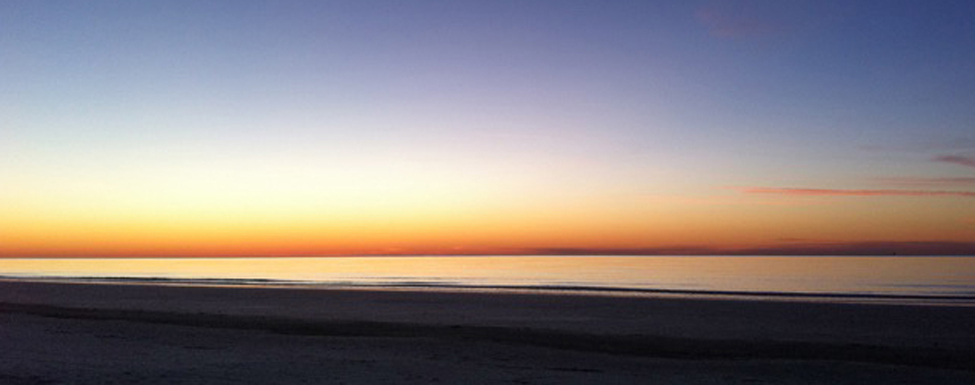Peter Howe
The Eye Behind the Camera
Although British-born Peter Howe has always loved the camera, he never intended to be a photojournalist.
“I went to the University of Newcastle to study fine art,” Howe recalled, “where we were encouraged to use a camera as a means of expressing ourselves, in addition to various other artistic forms. I was more interested in that than in painting or sculpture.
It was the pop art era and everyone was crazy about America–it was the place to go. ”And so Howe came to America in 1979 and never went back.
“I got a job as a photographer for the Royal Ballet,” he said. “It was actually as a party photographer since I couldn’t work in the theater because of the union.”
As he became more established, Howe realized his love for photojournalism fed his need and ability to tell stories through images. His experiences as a war photographer in Northern Ireland and El Salvador illustrate the addictive nature of violence and voyeurism inherent in the business.
“The job of the photojournalist is to recall events, if for no other reason than the historical value,” Howe explained. “One of the problems you face in a democracy is a lack of knowledge. People blame the media but without them there would be no democracy.”
If indeed we were not exposed to the grueling experiences of war-torn nations and their people, how can we ever understand other cultures?
In addition to his impressive photojournalism career, Howe was director of photography for the New York Times Magazine and Life Magazine. He is also the author of two books on photography: Shooting under Fire: The World of the War Photographer and Paparazzi. He went on to write a series of books for children.
A few years ago Howe, his wife, Anthea Disney, and their dogs, Stella and Rocco, moved permanently to Litchfield and that opened up another aspect of Howe’s photographic career.
“It was becoming more and more apparent that I had little control over my professional life. I became more and more interested in photographing landscapes, after having spent most of my life photographing people. One thing about landscapes is that they don’t worry about how they look. Living in Litchfield has increased my love of landscape because we are surrounded by such beautiful scenery.”
What brought Howe back to photography after having spent a good deal of time writing was a serious equestrian accident.
“I had a traumatic brain injury and one of the after affects was a difficulty thinking in lateral sequence. My eye can’t focus on things for very long. One of the great things about photography is that it demands intense concentration for a short period of time. It was fulfilling a creative need and not being stymied by my handicap. I had photographed landscapes before but after the accident I just got more and more interested in that genre.”
Having spent much of his career producing photos the traditional way, Howe is very much in tune with the digital era.
“I am absolutely devoted to the digital camera,” he said. “It takes away all the disadvantages I suffered with the old camera. I have much more control over it and I can get closer to what I saw. I can also alter the image as needed. When I was a photojournalist you absolutely could not use Photoshop.”
Five Points Gallery in Torrington will present The Restless Planet: Earth’s Many Moods, an exhibition of Howe’s recent landscape photographs, opening Friday, September 30th, and continuing through November 5th.
In describing the show, Howe explained, “When I came back to photography I became fascinated by the idea of unpopulated landscapes. Instead of photographing the inhabitants of Earth, I concentrated on the planet itself. Standing in the same spot, the landscape will alter dramatically for as long as you observe it–light changes, weather changes, the seasons change. We falsely assign human emotions to these changes, describing one area as harsh and forbidding, another as welcoming, when what we’re really saying is, this is how we emotionally react to our environment.”
For more information visit Five Points Gallery by clicking on the link below.

